Contents
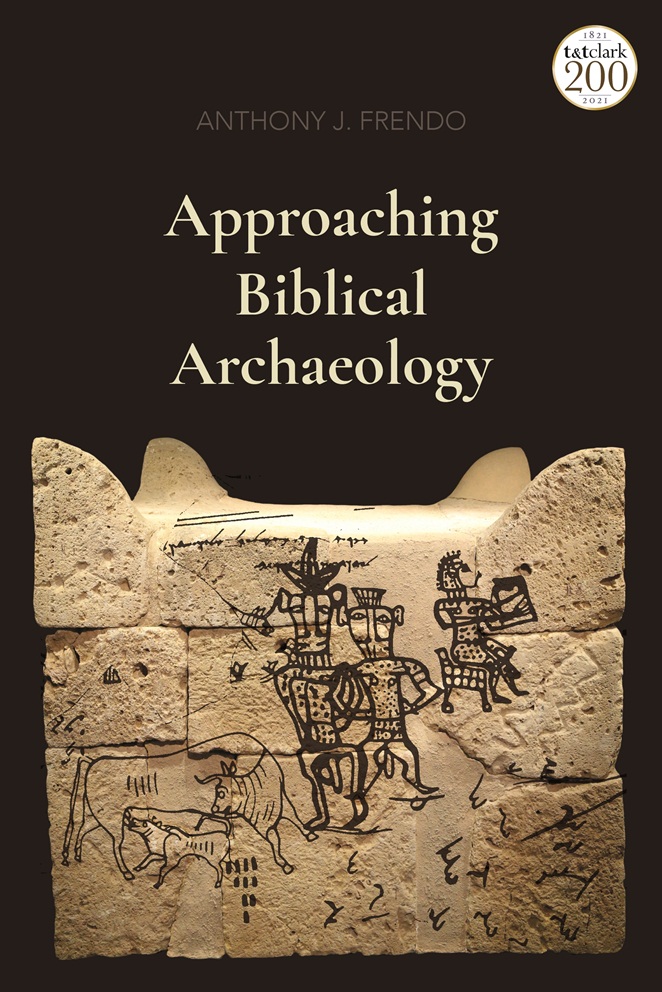
APPROACHING BIBLICAL ARCHAEOLOGY

To my dearest Lillian, a virtuous woman,
a prime example of the  in Prov. 31.10a
in Prov. 31.10a
CONTENTS
As happens with so many publications, this monograph took much longer to come into existence than I originally anticipated. Although I have been lecturing for the past thirty-one years on many of the topics dealt with in this book, I undertook the bulk of the research directly pertinent to it during my sabbatical, from October 2018 to September 2019. In this regard, I would like to thank the University of Malta for granting me sabbatical leave, as well as Dr Abigail R. Zammit and Dr Omar NShea, both of whom very kindly took on my teaching duties for the academic year 201819, with the former taking the brunt.
Since in reality this monograph is also the fruit of three decades of teaching, a special thanks must go to my students (some of whom are now friends and colleagues at this University), who over the years have shown great interest and enthusiasm, and who above all posed many intelligent questions. I would also like to thank the Academic Work Resources Fund Committee at the University of Malta, without whose financial aid I would not have been able to go annually to Oxford to carry out research in those most well-equipped libraries, especially the Bodleian, the Sackler, and the Oriental Institute library, which is where I carried out most of my work. A special thanks goes to Mrs Diane Bergman, former librarian at the Sackler library, who often came to my rescue when I needed to pin down certain items that required specialist help.
I should certainly not forget to mention my friends at Oxford University whom I always enjoyed talking to and from whom I have learnt so much. Special thanks go to professors emeriti H.G.M. Williamson (Christ Church), John Day (Lady Margaret Hall), John Barton (Oriel College), and Dr Stephanie Dalley (Honorary Senior Research Fellow, Somerville College), all about the contribution that archaeoparasitology is making to our knowledge about the last days of Judah in 586 BCE. When in Oxford I generally stayed at Campion Hall, and I would also like to thank the Masters and my friends there for always making my stay at the Hall comfortable and pleasant.
I thank Mr Dominic Mattos, Editorial Director and Publisher at Bloomsbury T&T Clark, for having taken the time to attend to the manuscript of this monograph, for his editorial advice, and for accepting the manuscript for publication. Thanks also to Ms Sarah Blake, Assistant Editor at Bloomsbury T&T Clark, and to Ms Jessica Anderson, the Production Editor of this monograph, and to their copyediting team, especially to Dr Duncan Burns, who also compiled the indices.
I would also like to thank the two anonymous reviewers whose observations, critical remarks, and suggestions I appreciate. Indeed, those comments that were more critical were the ones which helped me to enhance my own text. I obviously take full responsibility for any shortcomings in this work.
Last but not least I thank my beloved wife, Lillian, who always stood by me, patiently listening to what I had to say and supporting me along the way. To her I dedicate this work.
University of Malta,Tal-Qroqq, Msida, Malta
September 2020
It is a well-known fact that many books can be tagged with the words Biblical Archaeology. Unfortunately, however, some of them are out to prove the Bible true by relating the results of biblical research with those of the relevant archaeological discoveries in the wrong way, namely without really following the rules of interpretation of the two respective fields, above all by not reading the Bible critically. However, we should not lose sight of the fact that there are also a substantial number of very good publications on Biblical Archaeology. Such, for example, is the case with The Bible & Archaeology (only recently published in English), whose author, Matthieu Richelle, succeeds in giving a very good overview of the field of Biblical Archaeology in a clear, concise, and precise manner, without endorsing any extreme position: neither that of fundamentalism nor that of relativism.
So why write another monograph on the Bible and Archaeology? Despite the fact that books like the one just mentioned are very good and that they do demonstrate cogent thinking when it comes to amalgamating the results of archaeological research with those of biblical criticism, still there seems to be a gap in the sense that biblical scholars are not really shown how they themselves can make their own judgement in deciding whether the results that archaeologists hand over to them are reliable. For them to do this they need to be aware of the thought processes of archaeologists and how the latter reach their conclusions.
Hence, in this monograph I do not aim to give a history of Biblical Archaeology, and much less do I purport to give an exhaustive list of interesting archaeological discoveries that have a bearing on the Bible. The primary aim of this study is to introduce biblical students and scholars alike to how . Neither is this monograph an introduction to the study of the Bible; the publications on this topic are legion, and biblical students and scholars who constitute the main target audience of this book are acquainted with them.
What I am aiming at in this book is to single out a number of basic, elementary aspects of archaeology, such as stratigraphic excavation, good scientific dating techniques, report writing that does not confuse the data with their interpretation, and the use of ceramic chronology (despite its possible pitfalls). Together, these elements represent the sine qua non for archaeologists. These aspects are discussed in order to give those engaged in the field of biblical studies a better understanding of how archaeologists reach their conclusions. The examples provided in provide illustrations of Biblical Archaeology, above all they focus on a methodological discussion of the interpretative processes involved in bringing the archaeological and biblical data together in meaningful dialogue.
Although some of the examples that I mention or analyze happen to match certain information found in the Bible, in no way does this mean that my agenda is to prove the Bible right..
In this book I use the word Bible mainly with reference to the Hebrew Bible, although in some instances I do give a few examples from the Christian New Testament.
The book will show those engaged in biblical scholarship how they can properly integrate biblical research with archaeological discoveries in a way that allows the Bible and archaeology to be viewed and kept as distinct disciplines, the respective results of which, however, should, where relevant, be integrated without resulting in a mishmash. There will also be a discussion of how the archaeology of the ancient Near East (particularly that of the southern Levant) has an essential bearing on how scholars can better appreciate the text of the Bible, including its religious message.
In order to reach the aforementioned aims, I select some of the most basic nuts and bolts of archaeology and, above all, of archaeological reasoning, illustrating each of them with an example. I focus on a number of basic themes that characterize archaeology and deal with them in such a way that biblical scholars can make their own judgement as to whether the information that archaeologists relay to them is reliable or not. That is why, for example, after a brief general description of what the discipline of archaeology aims to accomplish and of the distinction between archaeological data and their interpretation (is how the biblical text can help us to understand better the phrase Yahweh and his Asherah, which surfaced in the excavations at Kuntillet Ajrud.

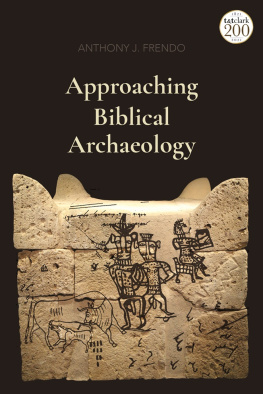

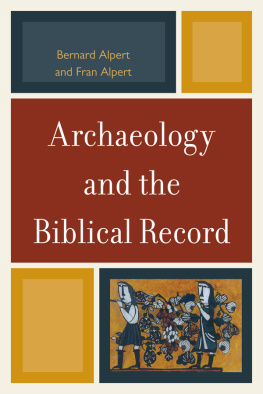
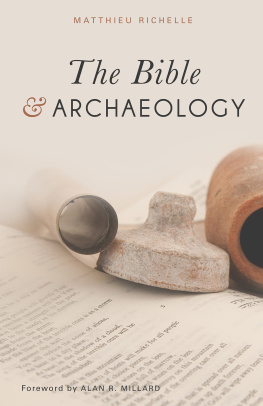
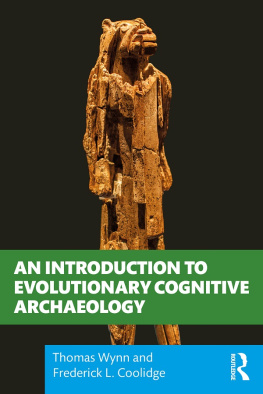

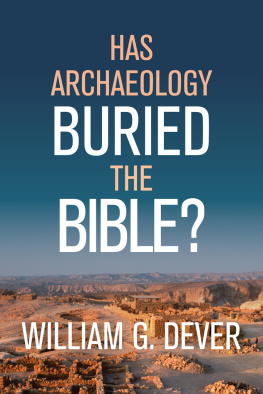
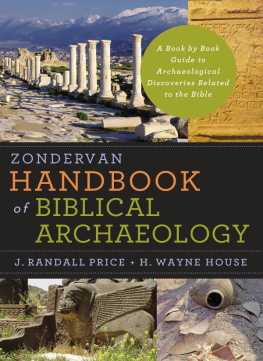
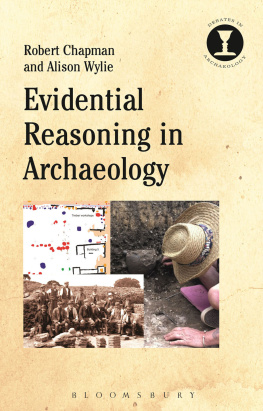
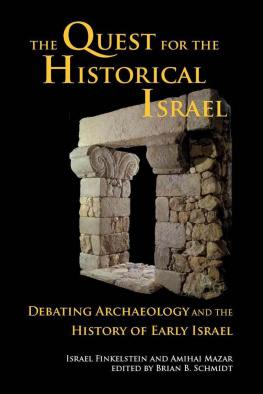


 in Prov. 31.10a
in Prov. 31.10a